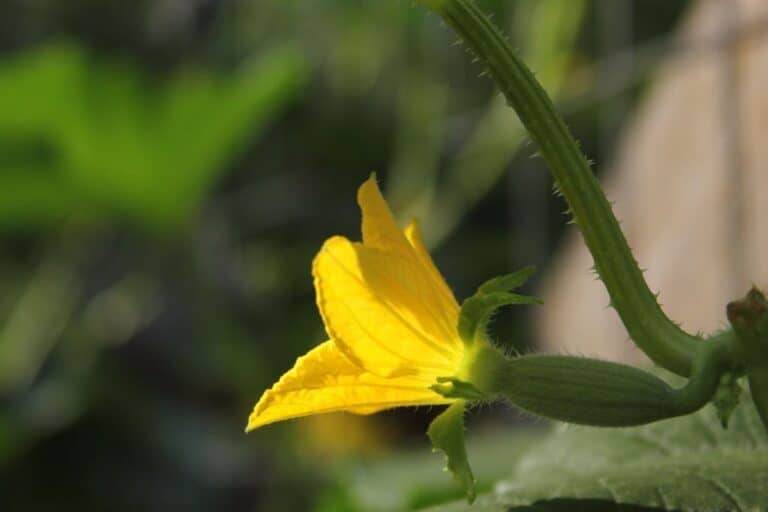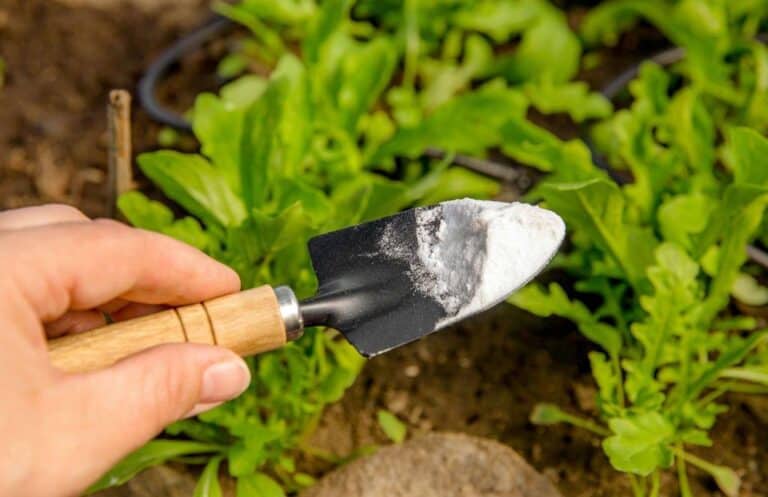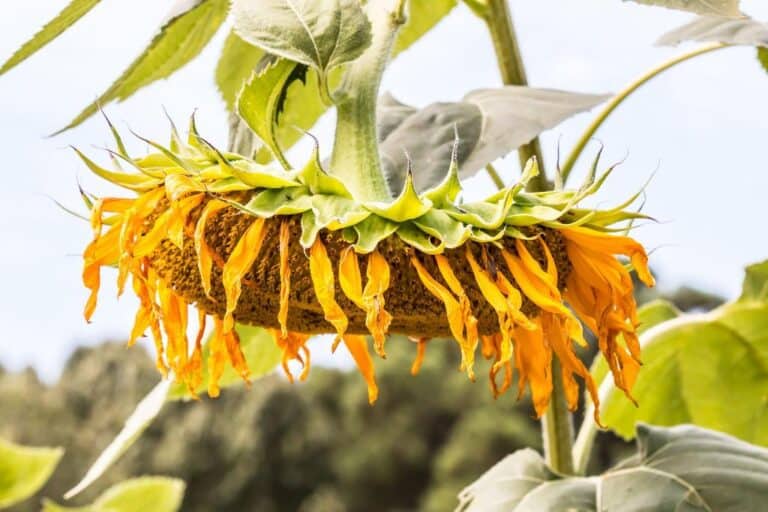Fungus Gnats on Succulents – How to Eliminate Forever
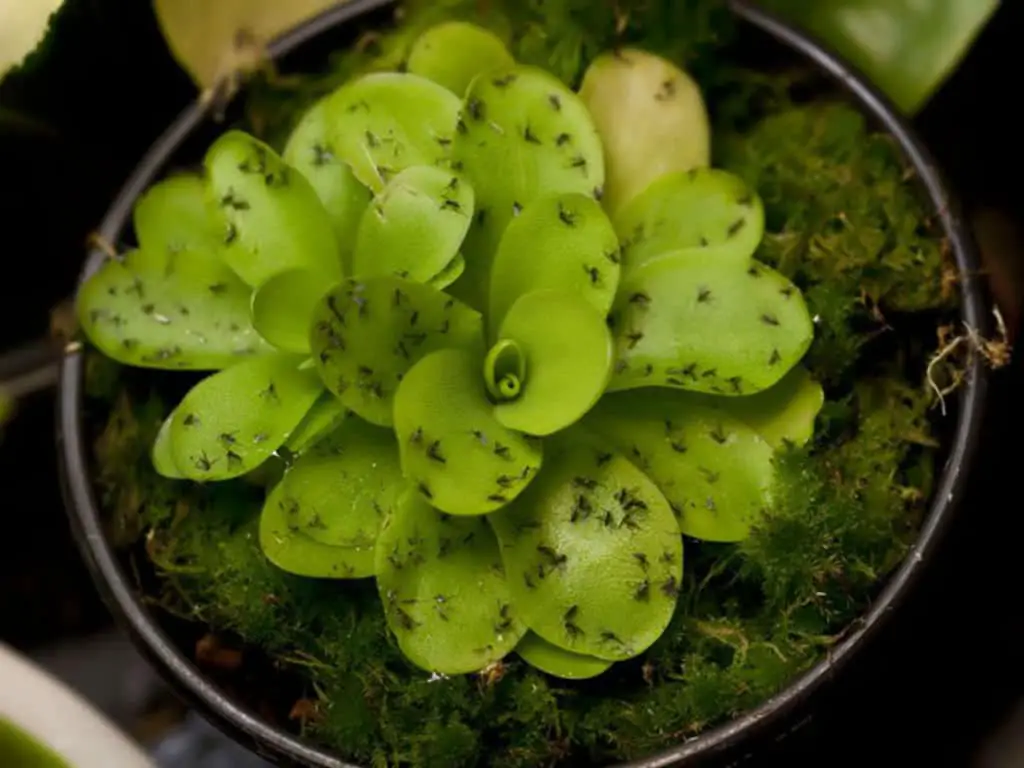
Ergh, the word all us succulent lovers hate to hear! Pests, bugs, and more specifically, fungus gnats! Gnats on succulents, or in fact, any indoor houseplant, is a pain. But what causes fungus gnats? What are fungus gnats? And how do you get rid of fungus gnats on succulents?
In this article, I will be giving you advice on how to eliminate gnats on succulents for good!
Fungus Gnats on Succulents
If you’ve landed on this page, then you more than likely have gnats on succulents! Don’t panic, as I’ve got you covered and am here to give you the lowdown on all things gnatty. We’ll start with the basics: what are fungus gnats?
What Are Fungus Gnats?
Fungus gnats, scientifically known as sciarid flies, are teeny tiny flies that are attracted to moist environments. They are known to be a nuisance because the larva can damage seedlings and cuttings. Not ideal for your handy propagation station!
Adult fungus gnats are grayish in color with seethrough wings. Often mistaken for the common fruit fly, fungus gnats have a slimmer body with longer legs and antennae.
If you’re unsure and are wondering, ‘How do I know if I have fungus gnats on my succulents?’ then chances are, you don’t. Gnats on succulents are relatively obvious because they are easy to see hovering around your plant, especially when you go to water.
| You’ll also enjoy reading; Everything You Need to Know about Succulent Etiolation |
What Causes Fungus Gnats on Succulents?
There are two main causes of fungus gnats on succulents; these are:
Overwatering
Succulents are susceptible to overwatering, and one problem for this is the result of getting gnats on succulents.
Succulents are renowned for being low maintenance and can go long periods of time without water. Being either a desert or tropical plant, they are used to very hot temperatures in bright sunny locations. Their stems collect and store water, which is what gives them that plump look.
For this reason, succulents do not need watering too often; in fact, you should wait until the soil is completely dry before you rewater.
If you are overwatering your succulents, then this will inevitably attract fungus gnats. These pests are attracted to the moisture of the potting soil, as it is the perfect breeding ground for the mother to lay her eggs. Gnats will lay their eggs on organic matter, and a few weeks later they will hatch, and you’ll have a nasty infestation on your hands!
Wrong soil
The second reason you are getting gnats on succulents is that you are using the wrong soil. This ultimately comes back down to the soil being a wet and moist area.
Succulents enjoy a well-draining soil that is a blend between inorganic and organic matter. If you go to your local garden center, then they will often have ready-made potting soil mix for succulents and cactus.
If your soil is too dense, then it will soak up too much water. Not only will this cause problems such as root rot, but it will also attract pests such as fungus gnats.
Once you have the best soil for succulents, then you will want to ensure that you are using a container that has drainage holes. When you water your indoor succulents, let the water drain out the bottom and empty it away. Never let your succulent sit in a pool of water!
How to Get Rid of Fungus Gnats on Succulents
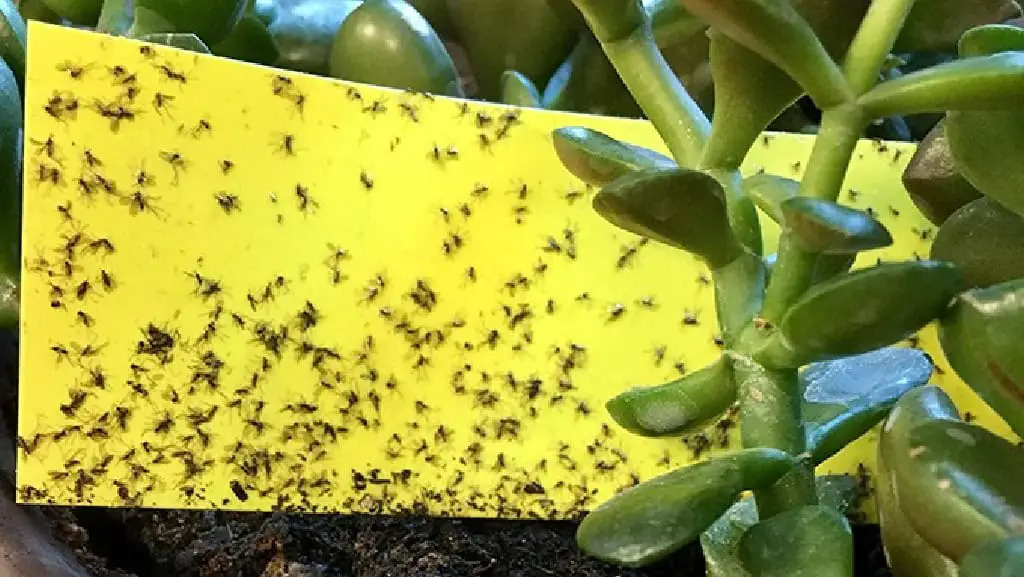
There are a few ways you can get rid of gnats on succulents, and I have split this section into two parts; treatments and home remedies. The good thing about gnats is that they are fairly easy to get rid of, and there are a lot of natural ways to kill gnats.
Fungus gnats treatment for succulents
The first option you can go for is fungus gnat treatment for succulents. You can easily go online and buy ready-made sprays that work wonders! One of the most popular ways to get rid of gnats on succulents is by introducing nematodes.
Nematodes
Nematodes are also known as roundworms, and plant-parasitic nematodes are known as eelworms. They are microscopic parasites that will eliminate gnats. I know what you’re thinking…’eekkkk, parasites?’ but it’s okay! Nematodes are harmless to humans and houseplants and are an extremely effective and popular way to get rid of gnats on succulents.
Traps
Another handy purchase is to invest in an indoor insect trap! These devices usually work by using UV lighting to attract the bugs, a fan to suck them in, and then a sticky glue boards to trap them.
These are a bit more pricey – you’re looking at around $39 for a trap BUT they are well worth the money. They don’t only work for gnats but also mosquitoes, fruit flys and pretty much any other flying insect that you don’t want in your home.
Yellow sticky traps
Yellow sticky traps are another popular way to get rid of gnats on succulents (and any other houseplant!). The bright yellow attracts the bugs, and the high quality glue will keep them stuck.
Sticky traps are also very easy to use and are nontoxic. All you have to do is pop the sharp bottom into the soil and then wait for the bugs to come. They are long-lasting, so there is no need to replace them until they are covered with bugs, and they are also very affordable.
Fungus Gnats Home Remedies for Succulents
Allow Soil to Dry
First things first. Allow your soil to dry. As we have discussed, fungus gnats are attracted to moisture, so chances are you have been overwatering your succulent plant. If the soil is wet and soggy, then stop watering immediately.
You should only water your succulents once the soil is completely dry and then give it a thorough soaking when you do water. Remember, more water less often is the key. If you are following a good watering schedule, then you shouldn’t really have any issue with gnats on succulents.
Dish Soap Spray
A popular natural remedy for fungus gnats is dish soap spray. This is easy to do and uses ingredients you already have in the home! Although less effective than shop-bought treatments, dish soap spray is a cheap way to eliminate insects.
Simply combine 1 tablespoon of dish soap with 1 quart of water in a spray bottle. This will create a 2 percent solution that is effective against fungus gnats. I would advise testing this spray on 1 leaf or stem of your succulent before applying to your whole plant to make sure no long-lasting damage will be done.
Cinnamon
If you’re looking for natural ways to kill gnats, then cinnamon could be the answer. Cinnamon powder is a natural fungicide. It will help eliminate fungus gnats by destroying the fungus that the larvae feed on.
This is an effective home remedy for gnats in houseplants and is easy to do. Simply sprinkle the cinnamon onto the soil so that it covers the top layer and let the damping off begin.
Diatomaceous Earth
Grade diatomaceous earth is another fungus gnats home remedy that is popular with succulent lovers. The mineralized food dust contains silica that shreds any insect that flies through it.
You can either mix the dust on top of the soil or pour it into your potting mix. This will get rid of gnats on succulents and will even kill the larvae.
When working with diatomaceous earth, it is recommended that you wear a mask.
| Check out: What Causes Succulents Turning Purple? |
How to Keep Gnats Away From Succulents for Good!
Okay….so you’ve chosen your remedy and have eliminated those pesky pests. Great! Now you want to make sure they don’t come back. So how do you keep gnats away from succulents for good?
Get a well-draining soil
Getting well-draining soil is vital. Not only to help keep gnats and bugs away but also to ensure your succulent plant stays happy and healthy! If you don’t have well-draining soil, then it will soak up way too much water and will lead to common problems such as root rot.
There are so many cactus and succulent soils around; just pop to your local garden center! A well-draining soil will be a blend of inorganic and organic matter.
Don’t overwater
Once you have your well-draining soil, the next step in keeping gnats away from succulents is to make sure you have a proper watering schedule. Try not to overwater. I know that watering your houseplants is always tempting, and so many varieties require vigorous watering. But succulents are not a type of houseplant that needs constant attention.
Succulents are better off being underwater than overwatered. You should wait for the soil to be completely dry before you even think about watering again. Overwatering is the most common problem I see and can lead to a wealth of issues such as fungus gnats, pests, mushy leaves, root rot, leaves dropping off and eventually the death of your beloved plant.
Fungus Gnats on Succulents Concluded
I hope you have enjoyed reading this article and are now fully knowledgeable on how to get rid of gnats on succulents! Although harmless, fungus gnats are irritating and not a nice pest to have around the home. There are a lot of different methods you can try to eliminate the pests from your household.
In this article, I gave you a quick overview of what fungus gnats are, what causes fungus gnats on succulents, and how to get rid of them on succulents.
I also gave advice on some of the best treatments, both natural and home remedies, which included:
- Nematodes
- Traps
- Yellow sticky traps
- Allowing the soil to dry
- Dish soap spray
- Cinnamon
- Diatomaceous earth
Do you have any other effective natural remedies to get rid of gnats? If so leave a comment! I’m always interested to hear what other methods people use.


